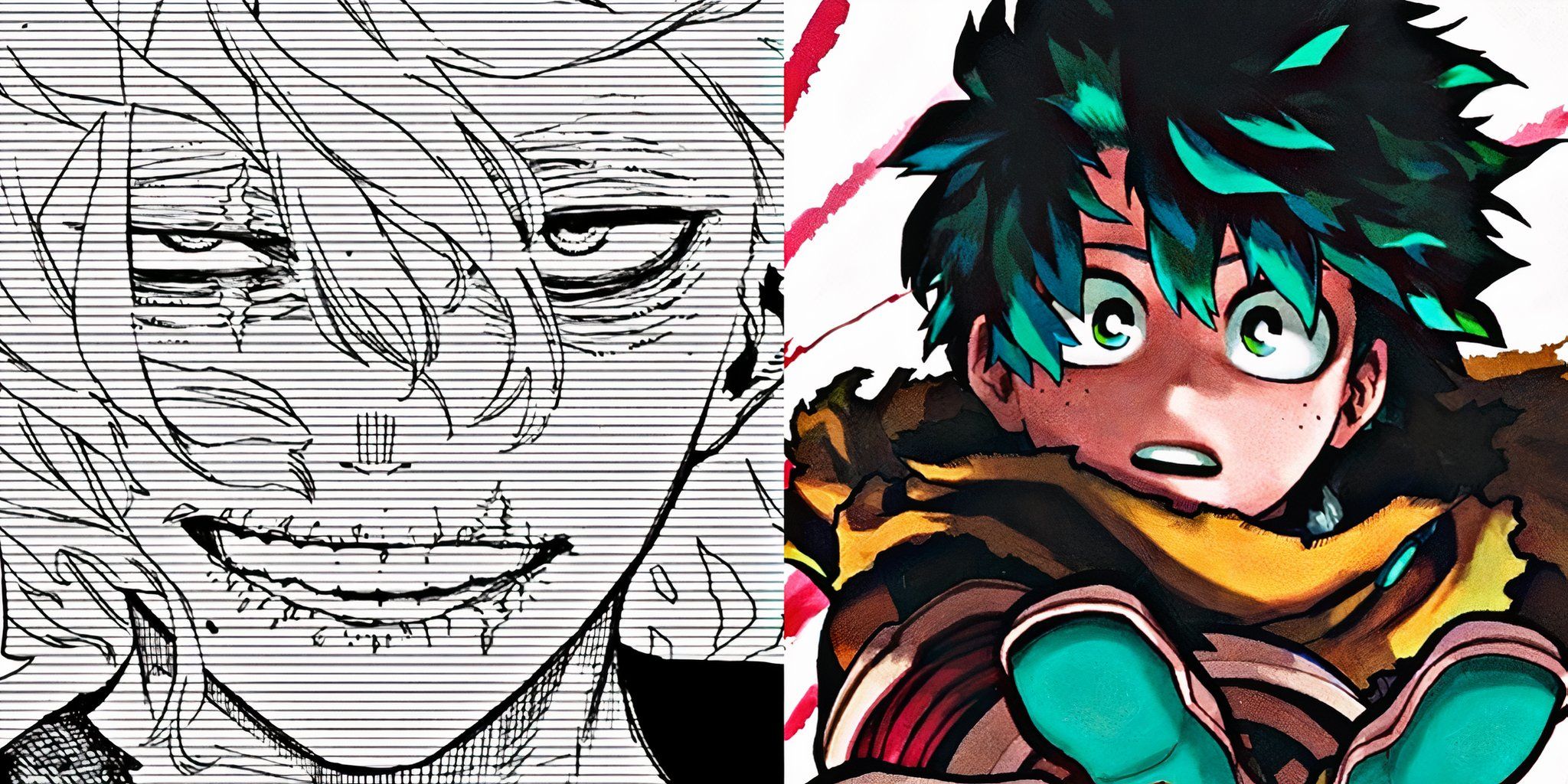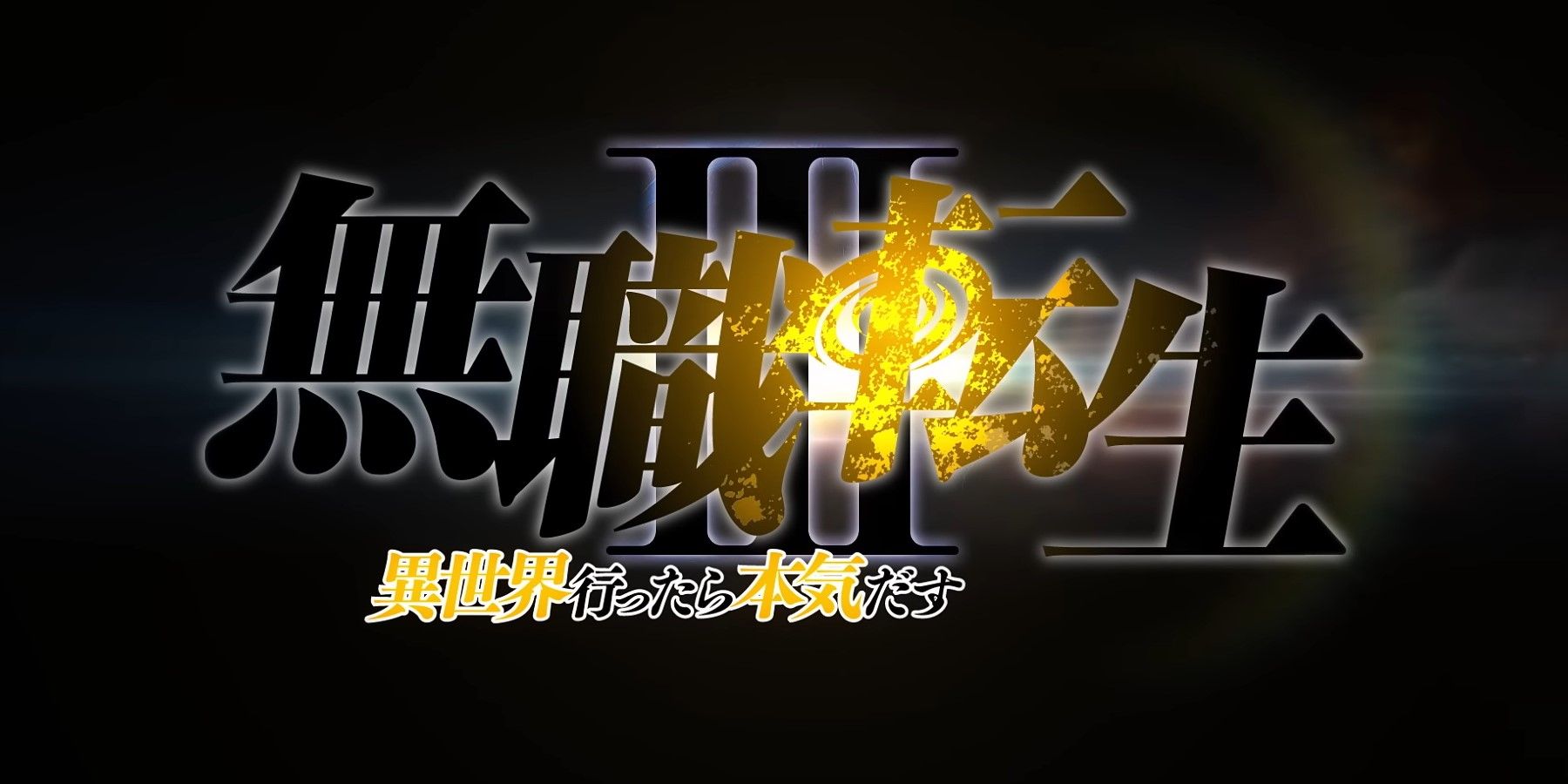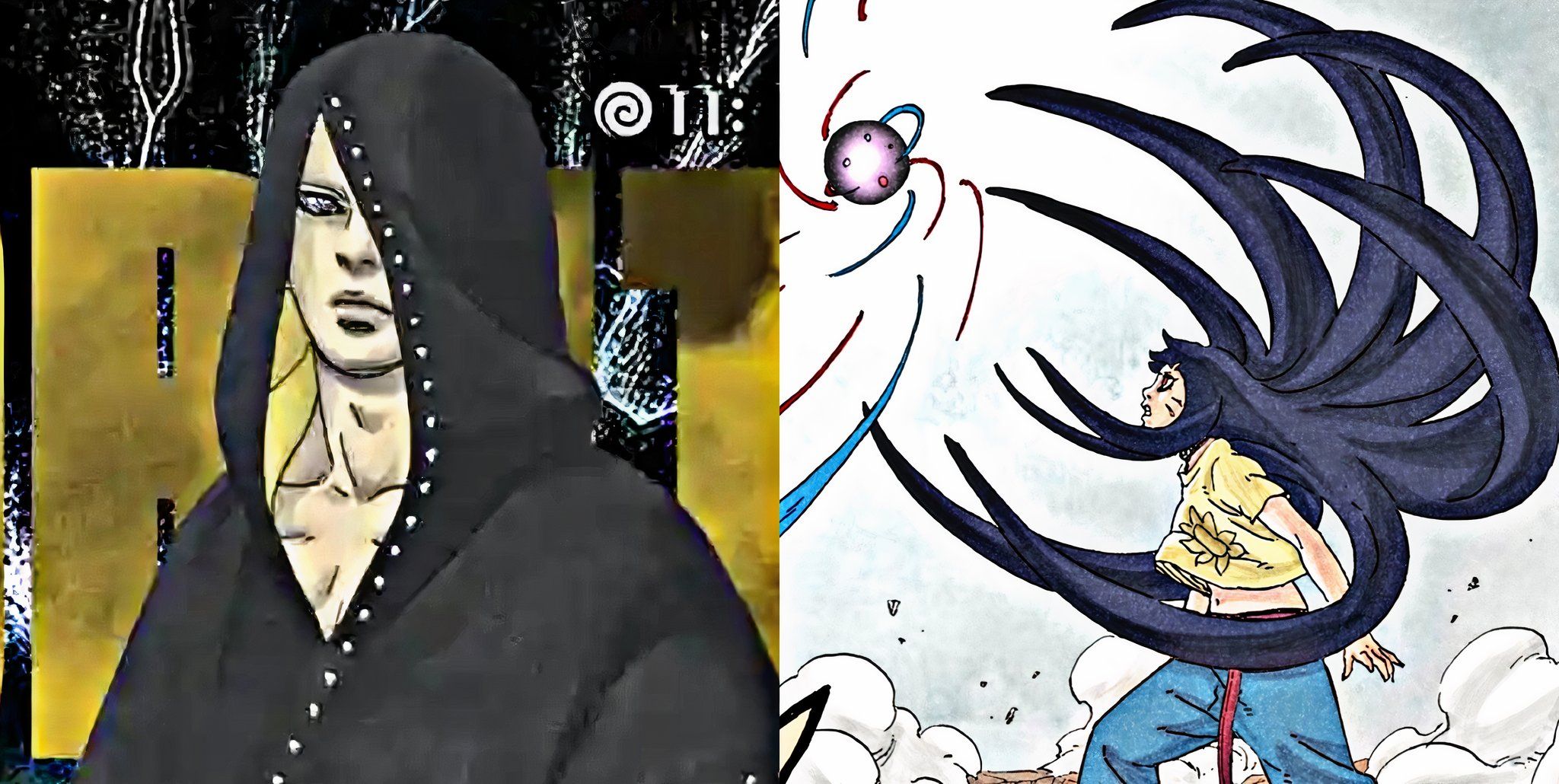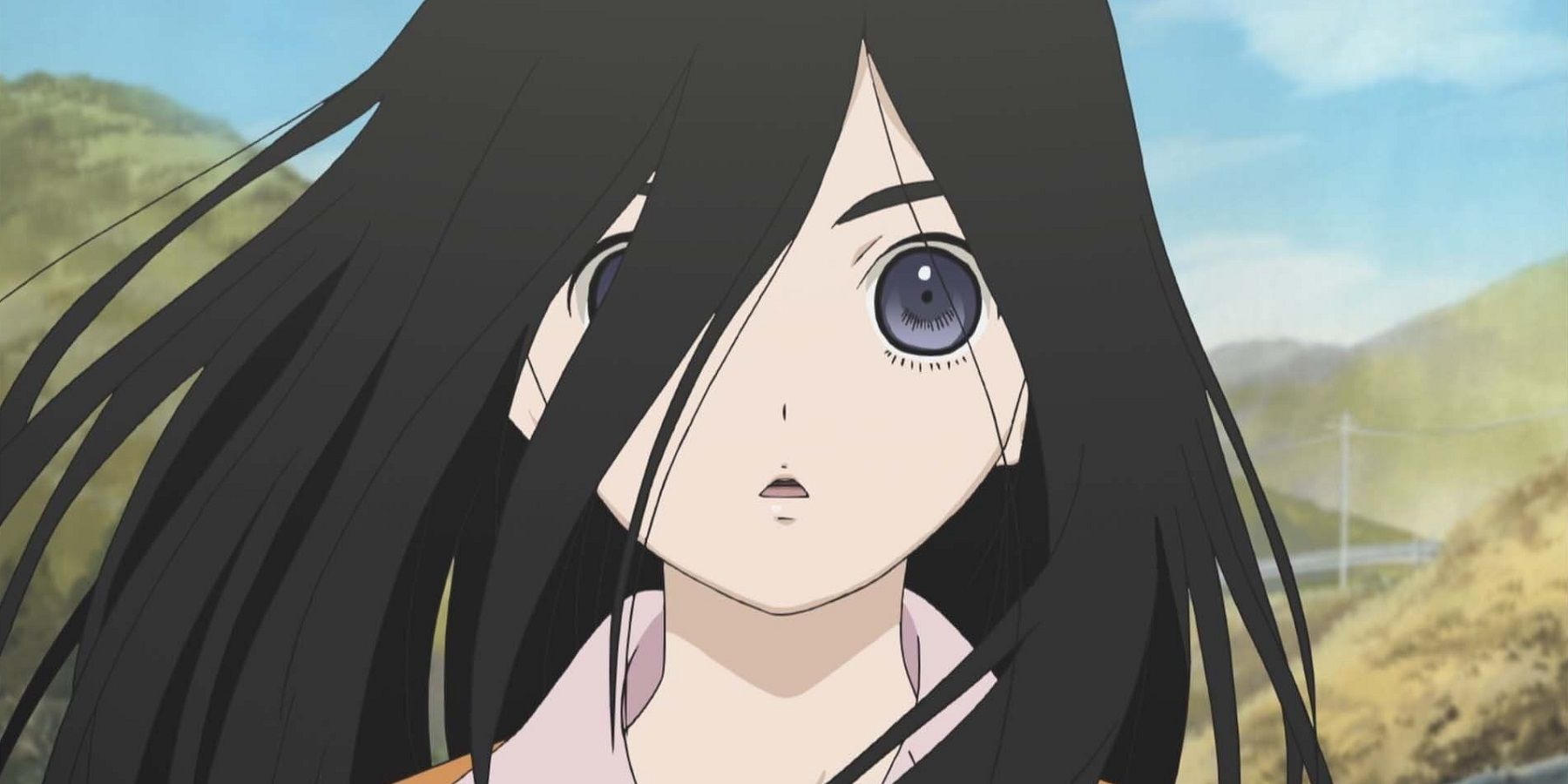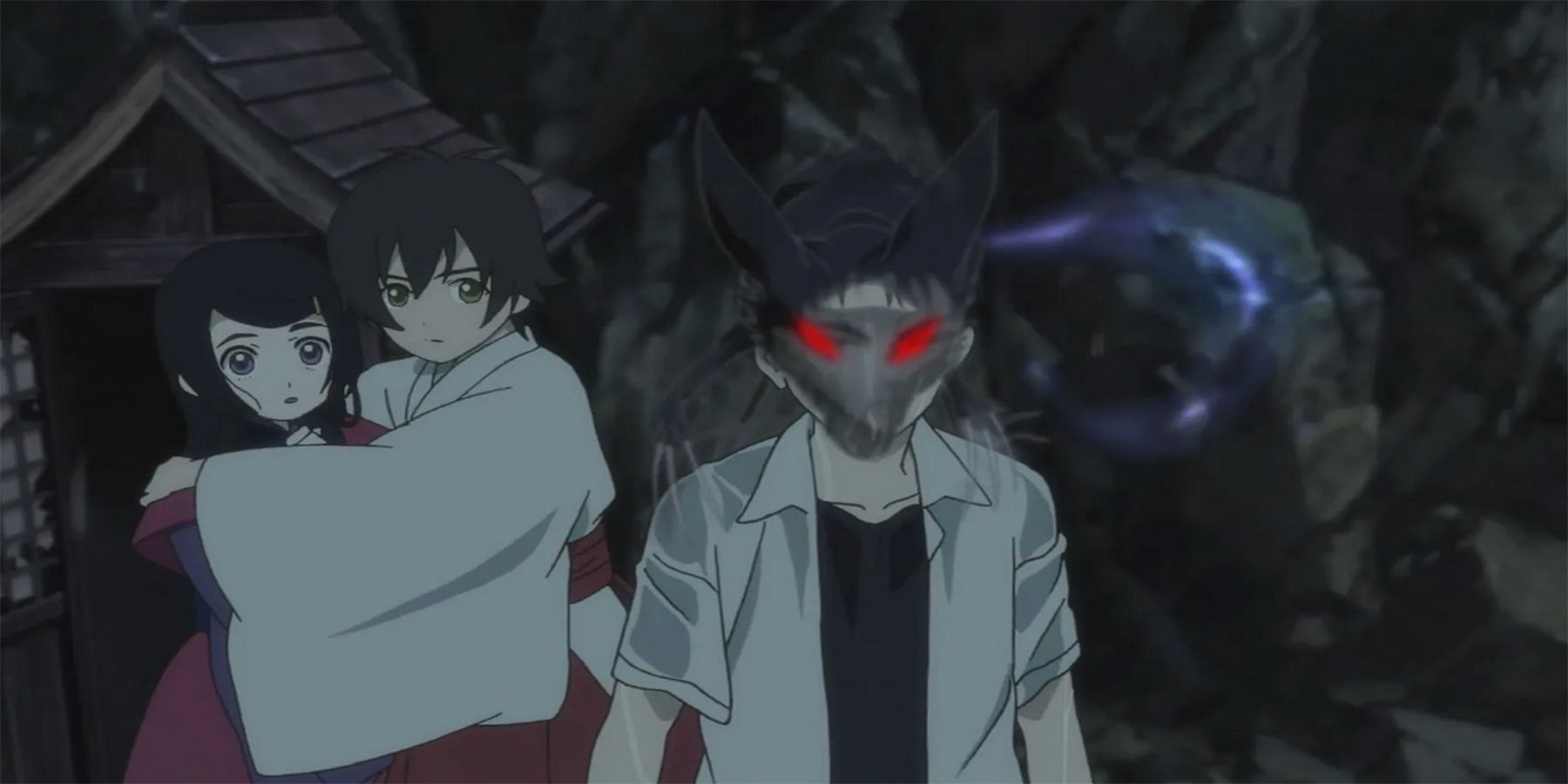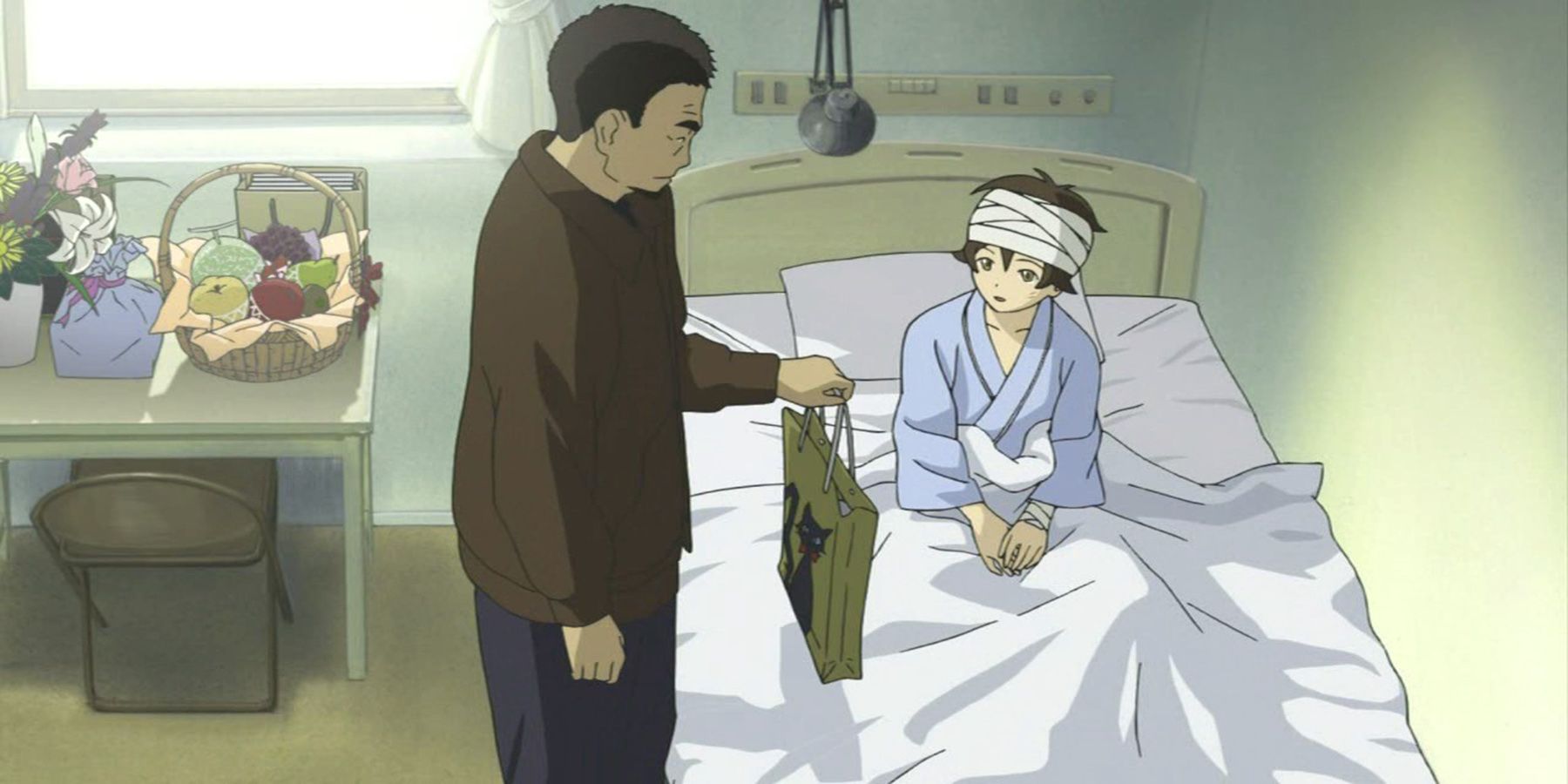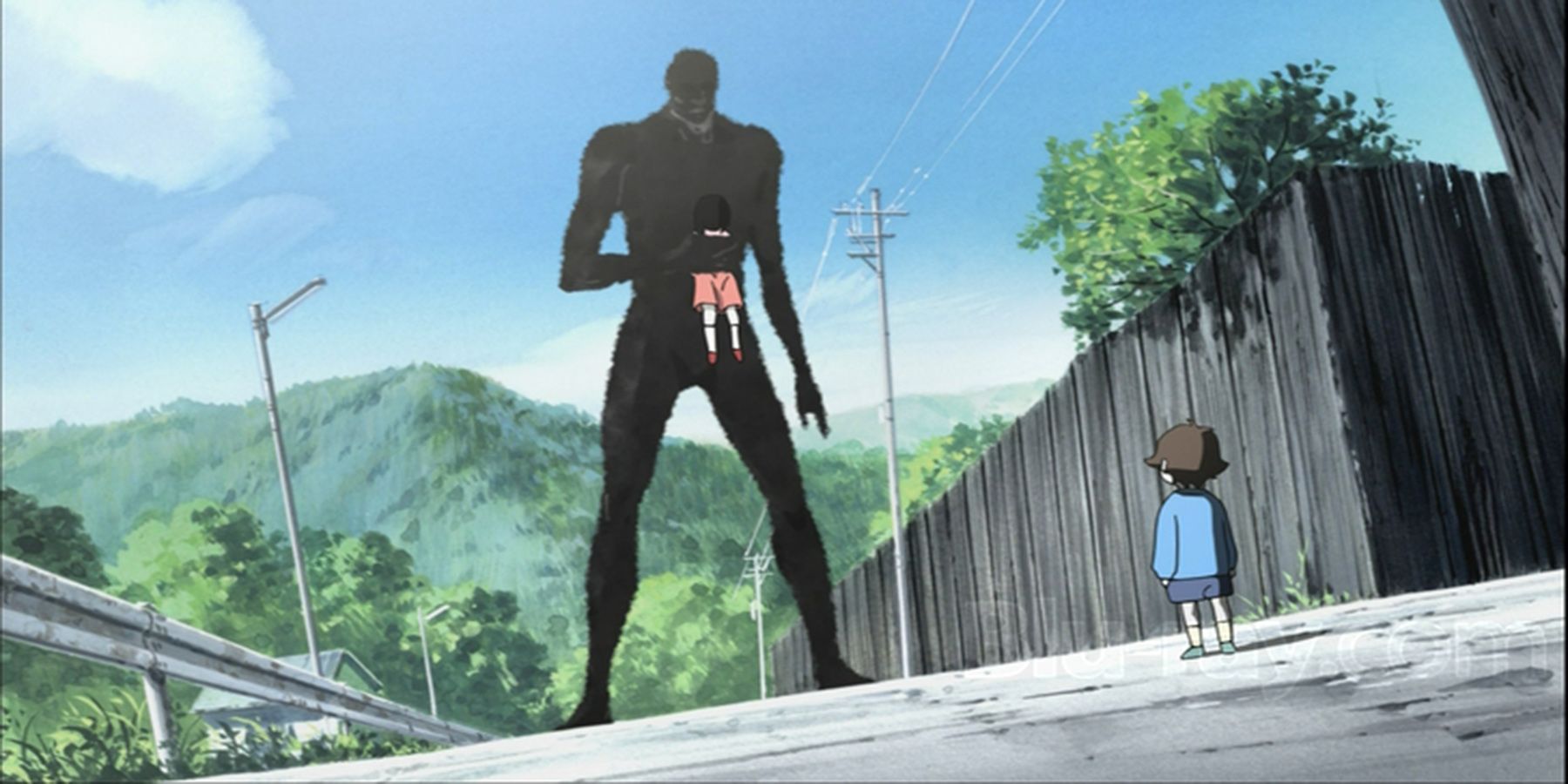Fifteen years ago, Production IG released Ghost Hound under Funimation, which tells the story Taro Komori who has PTSD as a result of his and his late sister's kidnappings 11 years prior. Every night he has out-of-body experiences that start off hazy but later on become increasingly more vivid.
At the start of the series he seeks out a secondary psychologist to help with his condition, though her motives may be a lot more sinister than she lets on. During Taro's time at school, transfer student Masayuki Nakajima befriends him with the intention of finding out more about the infamous case the former was in 11 years ago. He also has his eye on Makoto Oogami, a distant relative of Taro's, and the mystery surrounding his late father's potential involvement in said case. As the story unfolds, the trio piece together the supernatural truth on what happened that fateful day.
Brothers in Trauma
A major theme in Ghost Hound is how trauma affects one's reality. Taro remembers his human abductor as a tall shadowy giant, resembling that of a monster. While it is a supernatural thriller, not all ghosts the boys encounter are real - and sometimes, we never even find out. All three of the boys are dealing with their own trauma, or "ghosts" if you will. For Taro, it was losing his sister. For Makoto, his father's suicide. But for Masayuki, he has a more unique case. As a result of having bullied his classmate when he was living in Tokyo, the boy committed suicide by jumping off the roof. Because of this, Masayuki developed a fear of heights. Though what makes his character so unique out of the three, is that despite his disposition, he brings them all together.
Taro consults a therapist to help him process his trauma and experiences, which helps him cope with the loss of his sister. Meanwhile, Masayuki uses a VR device that simulates flying to get over his phobia of heights. Makoto, on the other hand drowns himself in his music and isolates himself in his room. This brings in the question, "What is the right way to overcome trauma?". Answer: There isn't. Talking about your experiences, exposure methods, and doing something you love, are all very real forms that victims of trauma use to cope and recover. And Ghost Hound demonstrates how each of those can be effective. But the most important part of it all? Companionship. Having someone you can rely on, is the key to overcoming any obstacle.
Adult Skepticism
It isn't just Taro and his friends that are the focus of Ghost Hound, the adults deserve a mention too. From their parents, to their teachers, they all have their own intentions - some more sinister than others. But it's not always towards the kids of the show, either.
Makoto's grandmother is head of a Shinto cult, while the local Shinto Priest is a skeptic but nevertheless interested in mythology, in spite of his occupation. Taro's first psychologist is a well-meaning older man, but applies the scientific method to everything - including the supernatural. Even though the adults are indeed preoccupied with their own lives, they indirectly have an effect on the younger generation. This creates a larger barrier between them, as Taro begins to doubt and question his own reality; the viewer included.
Horror In Plain Sight
As expected of Masamune Shiro and Chiaki J Konaka, writers of Ghost in The Shell and Serial Experiments Lain respectively, the story excels in using its assets to tell a visual story. By using "show, don't tell", it allows the viewer to piece together bits and pieces of the lore, while still enjoying the narrative.
Animation-wise, the characters aren't drawn in too much detail, but the backgrounds and scenery make up for it. The OST is also used sparingly, and doesn't overwhelm the viewer when there's nothing going on - something a lot of works in the horror genre fail to do. Less is more, after all. The OP also deserves a mention, with classic western-style rock being a perfect fit for the story's setting: a small town in the countryside.

